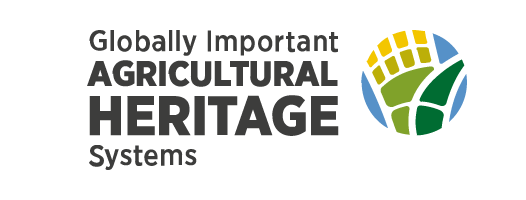Al Ain and Liwa Historical Date Palm Oases, United Arab Emirates
GIAHS since 2015
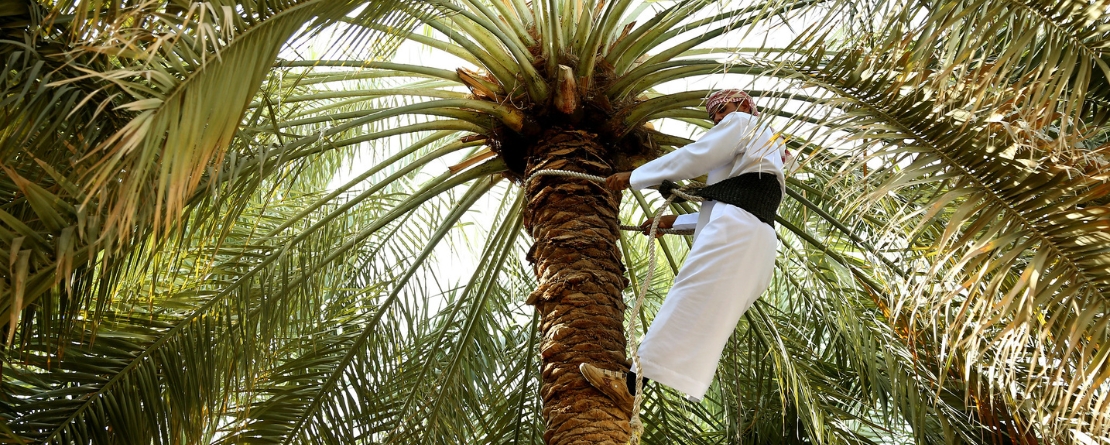
©Department of Culture and Tourism – Abu Dhabi
Al Ain and Liwa historical date palm oases constitute a diversity of date palm genetic resources, and are home to ancient falaj irrigation systems, which bear testimony to human agricultural and technological ingenuity in hard environmental conditions.
Global importance
Al Ain and Liwa historical date palm oases are part of the agricultural heritage of the country. They constitute as globally significant in-situ repositories of date palm genetic resources, and are home to ancient falaj irrigation systems, which bear testimony to human agricultural and technological ingenuity.
Developed over millennia to create sustainable palm-based agricultural systems, these oases are not relevant anymore for the food needs of the country as most of the products are imported. However, knowledge and genetic resources are still a wealth to keep alive and to valorize in a growing touristic region.
Food and livelihood security
In the pre-oil era, dates trade had contributed to the livelihood of local communities for a long period. However its contribution to the livelihood in the communities is relatively diminishing due to wealth based on oil revenues. Still, dates and other agricultural products are the main source of food and nutrition in the communities. Indeed, 73% of Liwans are still employed in agriculture.
UAE is the seventh major date producing country in the world, with 6% of the world's total date production. Date palm accounts for 15% of total area of crop cultivation in UAE, with Al Ain and Liwa occupying the central role for national date production. Nevertheless, most of the country’s food needs are imported from other parts of the world.
Biodiversity and ecosystem functions
The Arabian Peninsula is both a center of origin for the date palm and also historically the most important production zone for date palm, with the highest sophistication and diversity of date consumption. According to recent estimates, there are at least 200 cultivars of date palms in the UAE, of which some 70 are economically salient.
Besides date palm, Al Ain and Liwa oases also harbour a range of fruit species such as lemon, orange, mango, banana, grapes, figs and pomegranate. Also, field crops such as alfalfa, wheat, and barley are cultivated as well as vegetables including eggplant, onion, tomatoes, carrots etc.
Knowledge systems and adapted technologies
First of all, the oasis agro-ecosystem is a standard model for a spatially heterogeneous, three-layered inter-cropping system of date palms, fruit trees and annual crops. The composition and configuration of the three-layer system creates different profiles of horizontal wind speed, relative air temperature and relative air humidity.
Moreover, Aflaj irrigation system is traditional man made channels, found both above and below ground, used to collect groundwater, spring water and surface water and transport it, by gravity, to a demand area. Most of them are subterranean and are constructed channels, which are accessed via vertical shafts. Their source is a mother well, which feeds the main channel by gravity. However, none of the Al Ain Aflaj is currently working fully under natural flow conditions, rather they are now largely supplemented from pumped groundwater.
Cultures, value systems and social organization
To this day, the areas are considered by many to be the spiritual heart of the region. Like no other religion, Islam holds dates and the date palm in great esteem. The Holy Koran mentions dates and the date palm in many suras (chapters) and verses. Daily fasting during Ramadan is broken every evening with the fruit.
Oases are also part of the culture in the desert. The trunks of date palms are providing construction material for different purposes, notably for traditional Arish houses, the authentic Emirati architecture with a 7,000-year history of human habitation in the Arabian Peninsula.
Remarkable Landscapes, Land and Water resources Management features
Oases have shaped the landscapes is the desert and allowed the settlement of communities. Being Green Island in this dry region, oases are the first step of cities’ development until the 60’s before oil was discovered. Because of its extensive oases, tree-lines avenues and numerous parks, Al Ain is often referred to as the “the garden city”. Al Ain is the second largest city in the Emirate of Abu Dhabi in the fourth largest in the United Arab Emirates.
Responsible Ministry
Ministry of Presidential Affairs
Proposal
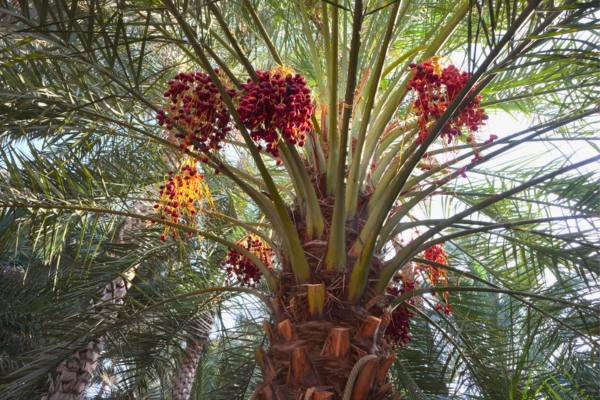
Proposal:Al Ain and Liwa Historical Date Palm Oases, United Arab Emirates
01/01/2015
This document proposes to designate Al Ain and Liwa date palm oases as a Globally Important Agricultural Heritage Site (GIAHS) under the respective FAO programme.
Multimedia
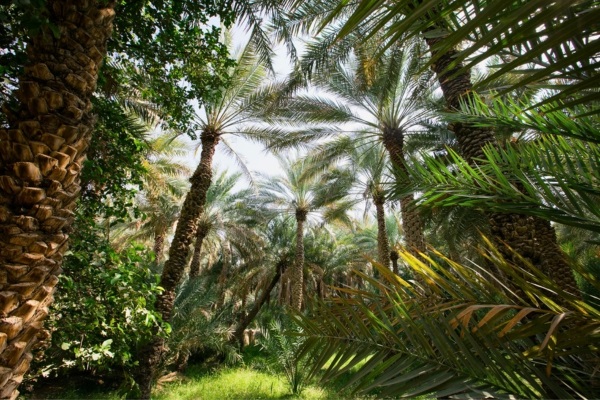
Photos
Flickr Album: Al Ain and Liwa Historical Date Palm Oases, United Arab Emirates
08/09/2011
Al Ain and Liwa historical date palm oases are part of the agricultural heritage of the country. They constitute as globally significant in-situ repositories...
Highlights
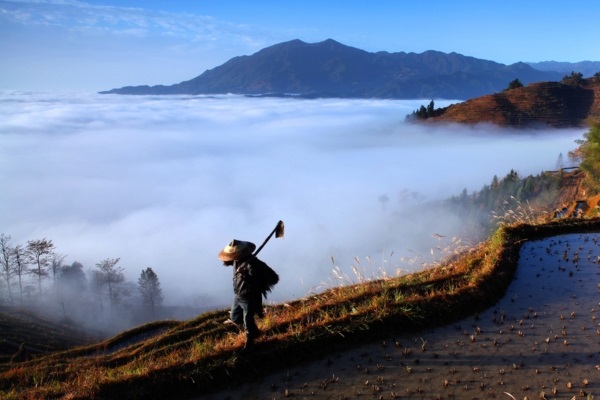
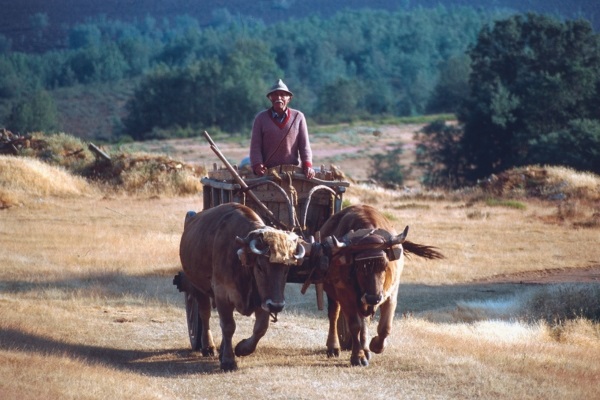
27/ 4
2022
20th anniversary celebrations of the Globally Important Agricultural Heritage Systems (GIAHS) Programme
Virtual Event, 27/04/2022
The 20th anniversary celebrations of the Globally Important Agricultural Heritage Systems (GAHS) Programme of the Food and Agriculture of the United Nations (FAO) was held virtually on 27 October 20...
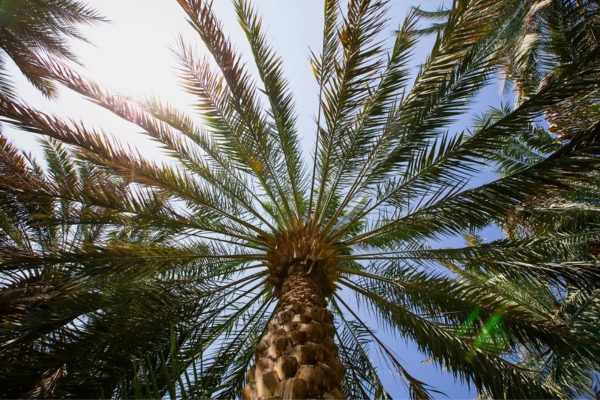
Related links
UNESCO: Cultural Sites of Al Ain (Hafit, Hili, Bidaa Bint Saud and Oases Areas)
The Cultural Sites of Al Ain (Hafit, Hili, Bidaa Bint Saud and Oases Areas) constitute a serial property that testifies to sedentary human occupation of a desert region since the Neolithic period with vestiges of many prehistoric cultures.
Other designations:

